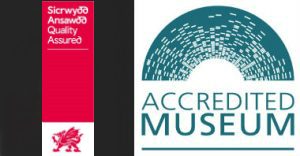Captain Robert Falcon Scott was in command of the expedition organised by the Royal Geographical Society and the Royal Society to the Antarctic.
The expedition was to explore the South Victoria Land and the ice barrier which had been discovered back in 1841 by James Ross, and to extend further into the Antarctic continent.
The ill-fated British Antarctic Expedition, led by Captain Scott of the Royal Navy, sailed from Cardiff in the Terra Nova (a whaling ship) on June 15, 1910.
Financed by the Chancellor of the Exchequer, David Lloyd-George and from Cardiff businessmen, their goal became simple to beat the rest of the world to the South Pole. As Scott, said in The Times, 12 September 1910
…the main object of the expedition is to reach the South Pole for the Empire…’
This sounds simple but Antarctica, containing three-quarters of the world’s snow and ice, is the coldest, most inhospitable place on Earth. They had no radios, mobile phones or aeroplanes to rescue them.
Two previous expeditions, Scott’s in 1901-4 and Shackleton’s in 1907-9, had only managed to get
within 95 miles of the Pole.
The Terra Nova arrived at the ice-clogged waters of Antarctica‘s McMurdo Sound on 5th January 1911.
That January the expedition set up camp at CapeEvans, in McMurdo Sound, and 25 men spent the winter there. They undertook scientific experiments and explored around the Ross Sea.

